“People are fed by the food industry, which pays no attention to health and treated by the health industry, which pays no attention to food.” Wendell Berry
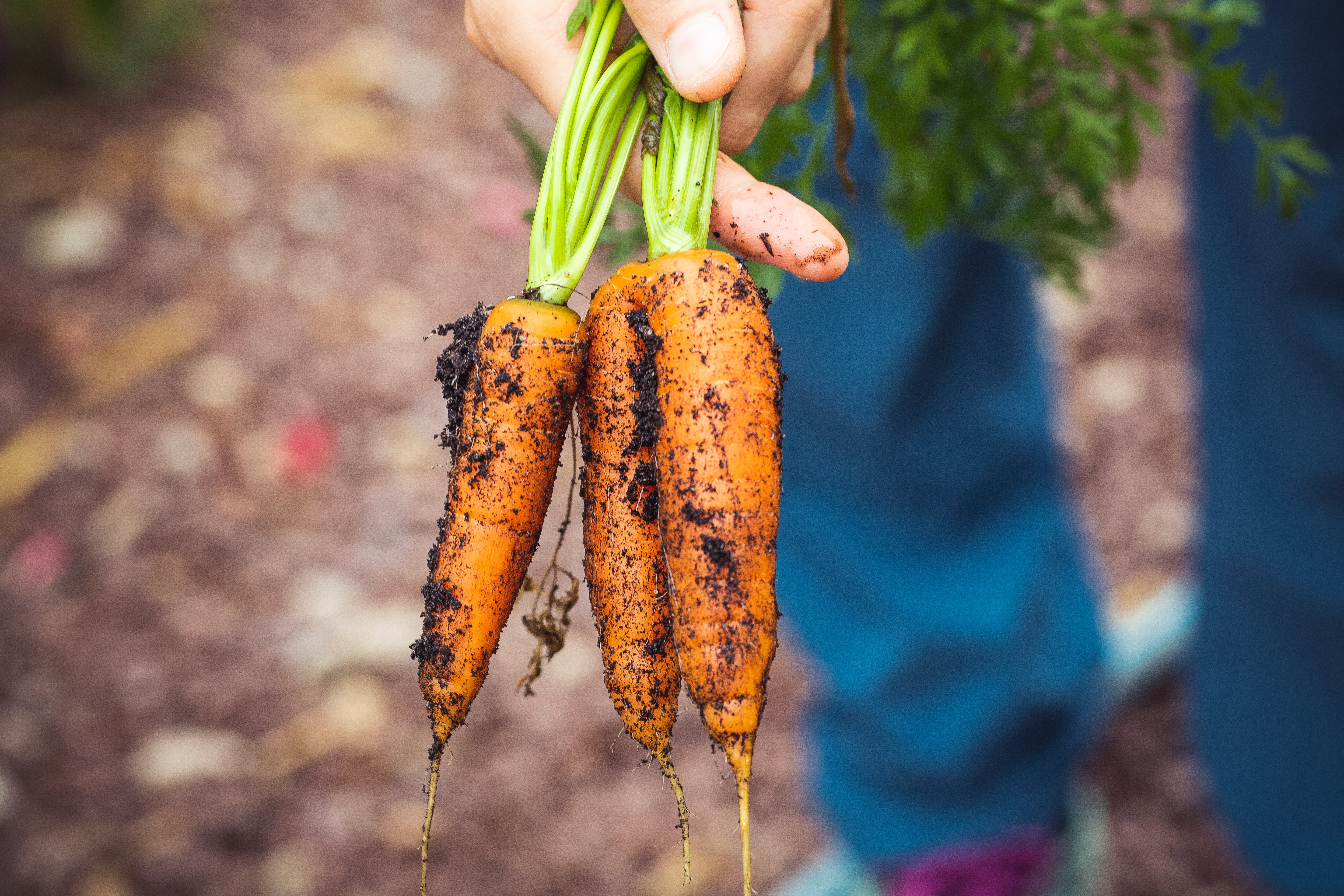
For the past few years, where food comes from has been a massive curiosity of mine.
The first thing I learned about is the appalling way in which livestock are raised. The meat I was consuming was of poor quality and damaged the environment.
I was not happy. So, the first thing I did was join a Meat CSA (Consumer Supported Agriculture) from a farm that I visited.
I also decided to grow a small vegetable and herb garden in my backyard. So, I ordered a few plants, herbs, and certified organic compost, and my growing began.
Those two small changes led me down a deep rabbit hole. I couldn’t stop learning about how our industrial food production is harming our health and the planet.
This blog post is the culmination of what I learned in an extended nutshell.
I hope this information will impact your values in small incremental ways that will significantly impact personal health and the well-being of our only big blue earth.
HOW INDUSTRIAL FOOD PRODUCTION IS CAUSING CHRONIC ILLNESS
To sustain cheap processed food, industrial agriculture practices involve growing just a few monocrops like soy, wheat, and corn.
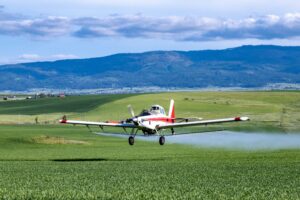
These crops (subsidized by the government) are heavily sprayed with chemicals or even produced with chemical fertilizer that we then eat. Since the 1980s, the government has known chemicals could pose health risks, but they continued to allow them in our food and farming.
Most of these monocrops are also used to feed (or fatten up) animals in industrialized feedlots, rendering our animals unhealthy too.
HOW INDUSTRIAL FOOD PRODUCTION IS DAMAGING OUR ENVIRONMENT
Large-scale industrial farming practices are the most prominent health offenders to the environment.
Ananda Fitzsimmons, from The Canadian Organic Grower, says, “In the last 150 years, half the world’s topsoil has been lost to erosion, and what remains has been degraded by compaction, loss of soil structure and deterioration of microbial populations. Industrialized agricultural practices, deforestation, and urban sprawl have accelerated soil erosion and degradation. The result is decreasing fertility and yields—with eventual desertification.”
Desertification is basically healthy land turning into dirt and desert.
The main cause of desertification is the overexploitation of soil by crops or animals, as seen in industrial agriculture.
It’s not just livestock’s fault; it’s ALL TYPES of industrial agriculture.
Foods like soy or pea protein for your Beyond Meat burger and Canadian grain products sprayed with Glyphosate, an extremely toxic herbicide, all make the list of offenders regarding the environment and our health.
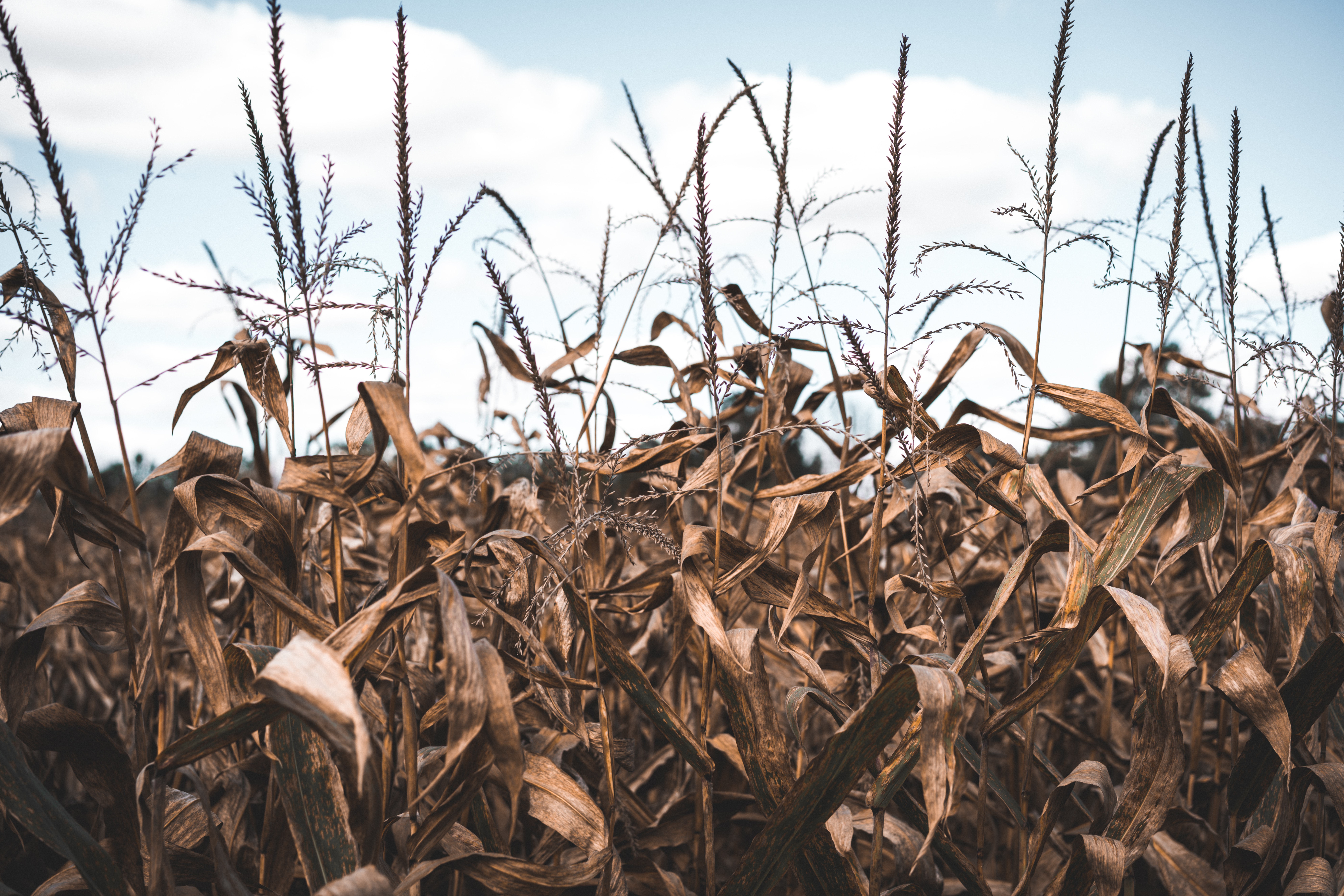
HOW INDIVIDUAL HEALTH AND PLANETARY HEALTH GO HAND-IN-HAND
As Dr. Arden Andersen – a physician specializing in the need to practice healthy eating and regenerative farming practices, explains:
“The same principles that apply in farming: disease, weeds, and insect problems are nutritional issues and deficiencies that are principles in the human body, specifically connected to our microbiome.”
Our human systems directly reflect the natural ecosystems around us.
Since large-scale industrial farming practices use high quantities of chemicals, fertilizers, insecticides, herbicides, and fungicides, we are already damaging the first stage of nutrition: the requirement for healthy soil, where nutrients like vitamins and minerals are born.
Because of unhealthy soil, food is grown with fewer nutrients today than just 70 years ago.
In fact, in a survey of 43 crops of fruits and vegetables, Davis, Epp, & Riordan, (2004) found a significant decrease in vitamins and minerals in foods grown today compared to the 1950s.
No wonder GLOBAL CHRONIC ILLNESS is at an all-time high!
A recent study showed that cardiovascular disease (CVD) nearly doubled in the USA from 271 million in 1990 to 523 million in 2019.
Furthermore, CVD deaths steadily increased from 12.1 million in 1990 to a shocking 18.6 million in 2019.
This is because we are choosing cheap, processed, chemically grown foods too often. These toxins are hormone disrupters causing weight gain that can cause CVD.
North America has access to as much healthy food as we want. Shouldn’t we see CVD cases decrease?
The Heart and Stroke Foundation says that 80% of cardiovascular issues are prevented through healthy lifestyle behaviours. That means that eating healthy and being active tremendously impact your long-term health.
But how can we get all the nourishment we need if farming practices continue to cause contamination and lower the nutritional content of our food?
HARMFUL INDUSTRIAL FOOD PRODUCTION TO BE ON THE LOOKOUT FOR
When it comes to industrial agriculture, two terrible practices come to mind: CAFOs and chemical contamination. These are by no means the only two problems, but short of writing a book, I decided to focus on the two most significant issues at play.
- CAFOS – CONCENTRATED ANIMAL FEEDING OPERATIONS
Livestock raised in confined living spaces rather than in open farmland began in the seventies, allowing farmers to create more profit and yield.
However, this type of meat is usually of poorer quality, with high amounts of Omega-6 to 3 ratios (40:1) that are unhealthy, often leading to inflammation, cardiovascular disease, and cancer.
Compared to their humanely raised counterparts, who are given a proper diet and raised in an appropriate environment, it is evident that the animal’s lifestyle significantly impacts the meat’s quality and contributes to the land’s ecosystem through their excrement as they graze.
Coen Farms in Alberta, Canada, had their beef tested at the University of Toronto’s Department of Nutritional Sciences for its omega 3:6 fatty acid ratio, and the results were phenomenal!
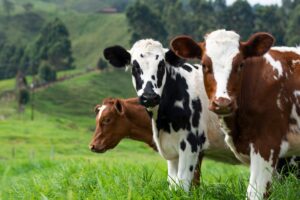
Their beef had a ratio of 2.5:1 – a ratio that health care practitioners recommend for keeping inflammation at bay and maintaining a healthy cardiovascular system.
This shocking video follows two investigators into modern dust-bowl conditions, think desertification, as they visit a CAFO in North Texas to see firsthand how livestock live.
- INDUSTRIAL CHEMICALS AND GENETICALLY MODIFIED FOOD
As Dr. Zach Bush, MD, eloquently describes it: “we are putting chemicals into the food chain that delete the ability to build a healthy human body.”
For example, chemical compounds like Glyphosate (or roundup) are a routinely sprayed toxic herbicide that interferes with the shikimate pathway in humans. This pathway is mainly used for the biosynthesis of folates and amino acids, which are essential for human health and life!
Dr. Steven Gundry calls Glyphosate an Antibiotic Against the Earth due to its negative impact on the biodiversity of the soil.
Glyphosate increases our cancer risk, too, according to a report published by the International Agency for Research on Cancer.
Sadly, in Canada, Glyphosate is sprayed on our conventionally grown wheat products just before harvest. So when we sit down to have a simple bowl of Honey Nut Cheerios, vitamin D and B12 get lost in the Glyphosate used to enrich the cereal.
It’s also a myth that GMO crops are the only way to feed the world. After all, after over twenty years since its inception, nearly one billion people are still starving worldwide.
Despite trends like fake beef and lab-grown food, there’s no evidence that the food itself is improving our health and no evidence that it’s helping the environment. But this doesn’t stop the big food companies from promising that these alternatives are helping the planet, your health, and farmers.
Being vegetarian or vegan can be an excellent way to health for some people, but not by eating processed soy burgers or synthetic meat.
A crucial step in healing the planet and health is regenerating the land and restoring nutrients in our food.
WHAT IS REGENERATIVE FARMING?
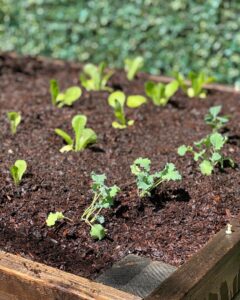
Regenerative farming involves farming to eliminate synthetic fertilizers, pesticides, and other chemicals. It increases soil organic matter, enhancing biodiversity while restoring ecosystems and optimizing water cycles.
Consider it Organic Farming 2.0.
Regenerative farming helps the environment by focusing on soil health through practices like no-till and cover crops instead of chemical-based weed killers that then damage the soil and nutrients.
It focuses on a healthy functioning ecosystem that can naturally sequester carbon in our atmosphere. Thus, helping reverse the damages of climate change and environmental degradation while providing more nutrient-dense food.
Check out a blog I wrote called One Farmers Journey from Industrial Food Production to Organic Regenerative.
WHAT CAN WE DO TODAY?
 A meaningful action we can take is to support local small farms that grow sustainably and focus on the health of their animals, products and those who buy them.
A meaningful action we can take is to support local small farms that grow sustainably and focus on the health of their animals, products and those who buy them.
The excellent news is that organizations like Growing Eastern Ontario Organically exist! They are a three-year, on-the-ground initiative to support farmers transitioning to regenerative organic through mentorship, financial incentives, and on-site experiential learning.
Use this link to access a map of regenerative farms in Canada.
If you’re in the US, check out Farm Match.
___________________________________________________________________________
FARMER SPOTLIGHT
- Owner Cindy from Farm Queen Foodsin Chatsworth, Ontario, is raising her animals humanely out on the land while working with nature to regenerate the soil.
- Organic producers Lex and Beth at Providence Hill Farm in King Township, Ontario, are a husband-and-wife homestead operation growing various produce with regenerative methods.
___________________________________________________________________________
Individual Responsibility Is Just As Important!
Each of us making small-scale changes collectively can have a large-scale impact.
As Gabe Brown says in his book Dirt to Soil, DO SOMETHING!

If you can’t afford to buy food grown in a regenerative way, take to the Internet, where it’s free to learn, read, or watch videos. (YouTube is bursting with videos on everything I talked about in this blog.)
Or why not start a food fund and save money in a Tax-Free Savings Account? You can use it solely for purchasing local nutritious food.
After all, an ounce of prevention is worth a pound of cure!
Other things you can do:
- Grow something in your backyard, on your balcony, or even herbs on your windowsill. Check out this Simple Guide to Growing
- Plant a tree: it’s only $5 with this Canadian foundation
- Call your local MP and ask about their plans to help improve the lives of farmers, our environment, and our health. After all, chronic illness is not due to a lack of pharmaceutical drugs. Subsidizing healthy food and farming practices that help the environment should be at the top of their agenda. Still, it’s not (I know, because I’ve asked.)
- Shop at farmers’ markets. The great thing about farmers’ markets is that it supports local food systems.
- Join a CSA– Community Supported Agriculture. This linkprovides a directory for Canada.
- Watch the Documentaries like Sacred Cowor Kiss the Ground
- Continue to learn:
- Read the book Food Fixby Dr. Mark Hyman for an in-depth look at how to save our health, economy, communities, and planet – one bite at a time.
- Go to https://thecarbonunderground.org/
- Visit the Weston A. Price Foundation, an excellent resource for all things nutritional science and traditional diets.
- Explore the Environmental Working Groupwebsite for food, environment, chemicals, and health
- Check out the clean 15 and dirty dozenlist for 2021 and yearly updates on the most contaminated food to avoid
- Learn more about their Food ScoreApp
CONCLUSION
Two crucial shifts that can help restore human health and the environment at the same time will require:
- education about farming practices and their impact
- a change in our values about health, food production and animal care
After all, if we don’t have a basic understanding of what’s going on in food production or see the value in improving our health and the planet, it will be challenging to make the small changes necessary to reap huge rewards.


